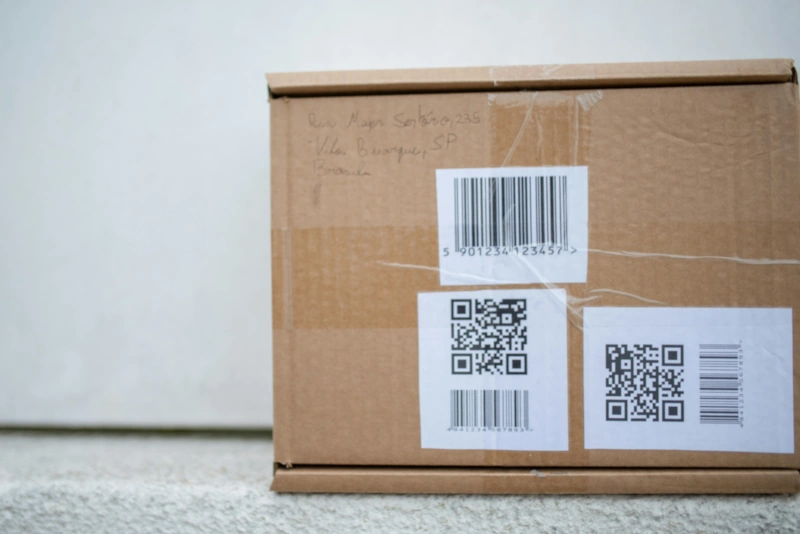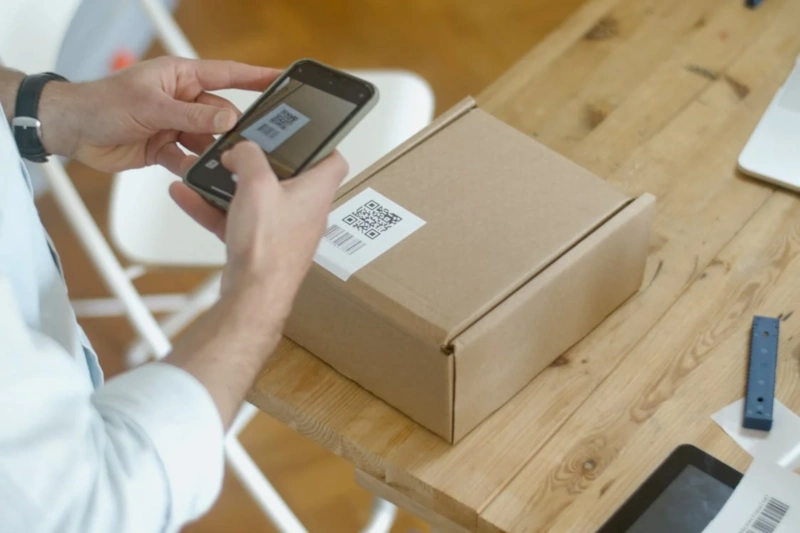The Rise of QR Codes: What They Are, Where They Came From, and Why They Matter
In an age where you can order a coffee, board a flight, and pay for dinner—all with a single scan—QR codes are quietly running the world.
From humble beginnings in Japanese car factories to becoming the linchpin of modern mobile transactions, the black-and-white squares have infiltrated every corner of daily life. They’re on restaurant tables, product packaging, posters, train stations, and even gravestones. But what exactly are QR codes, how do they work, and what makes them so much more powerful than their barcode predecessors?
Let’s decode the story behind the modern-day scan sensation.
What Are QR Codes and How Do They Work?
QR stands for “Quick Response”—and quick they certainly are.
First developed in 1994 by Denso Wave, a subsidiary of Toyota, QR codes were designed to store more information and allow for faster decoding than traditional barcodes. Unlike the linear stripes of a barcode, which can only store information horizontally, QR codes use a square grid format that stores data in both vertical and horizontal directions.
The result? A tiny black-and-white image capable of holding hundreds of times more information than a barcode—up to 7,089 numeric characters or 4,296 alphanumeric characters, to be precise.
So how does a QR code actually work?
When you point your phone’s camera at a QR code, it reads the pattern of squares using an algorithm. That data is then converted into something you can use—a website link, contact details, a payment screen, a Wi-Fi login, even a playlist. And thanks to built-in error correction, even a slightly damaged or partially obscured QR code will still work.
Your smartphone decodes the QR code in milliseconds. No typing. No searching. Just instant access to the digital world hidden inside the pixels.
A Brief History: From Barcodes to QR Codes
To understand why QR codes took off, we need to rewind to the 1970s, when barcodes made their debut on supermarket shelves.
Originally invented to improve checkout speeds, barcodes became an indispensable part of global commerce. From pricing and inventory to logistics and healthcare, the barcode was the unsung hero of supply chains. But it wasn’t perfect.
Enter the 1990s. The Japanese auto industry, known for razor-sharp efficiency, needed something faster, smarter, and more robust. Engineers at Denso Wave came up with a square matrix code that could be read in any direction, handle a flood of data, and survive a bit of wear and tear.
The QR code was born.
At first, it stayed close to home—mainly used in manufacturing and logistics in Japan. But as smartphone technology exploded in the 2000s and early 2010s, the true potential of QR codes emerged.
With the camera-equipped smartphone now in almost every pocket, people no longer needed specialized scanners. Suddenly, anyone, anywhere, could scan a code and be transported to a digital destination.
QR Codes vs. Barcodes: What’s the Difference and Why Does It Matter?
If barcodes are the bicycle, QR codes are the Ferrari.

Here’s why:
| Feature | Barcodes | QR Codes |
|---|---|---|
| Shape | 1D (one-dimensional, linear) | 2D (two-dimensional, square) |
| Storage Capacity | ~20 characters | ~4,000 characters (or more) |
| Scan Direction | Horizontal only | 360° omnidirectional |
| Error Correction | None or minimal | Up to 30% of code can be damaged |
| Speed | Slower to scan | Lightning fast |
| Usage | Retail, inventory | Payments, URLs, contacts, Wi-Fi |
Barcodes are still common—especially in retail settings where UPCs (Universal Product Codes) are embedded into store systems. But for marketing, payments, ticketing, and consumer engagement, QR codes have taken the lead.
The ability to link directly to digital content without needing an app download or typing out a long web address makes QR codes far more dynamic. In fact, you can encode everything from cryptocurrency wallet addresses to event RSVPs to educational videos—all within a tiny square.
A Quiet Revolution: How QR Codes Took Over
Though around for nearly three decades, QR codes really came into their own during the COVID-19 pandemic.
Suddenly, the demand for “contactless” became a global obsession. Menus, payment terminals, check-ins, and even vaccine certificates all went touch-free—and QR codes were the hero.
Restaurants ditched laminated menus. QR codes took over.
Event tickets, once printed and scanned by hand, became mobile links embedded in QR codes.
In China and parts of Asia, QR codes had already reached superstar status through platforms like WeChat Pay and Alipay. In fact, in China alone, QR codes handle billions of dollars in transactions each day. Western countries were simply playing catch-up.
Meta, Amazon, and Google now regularly include QR scanning tools in their apps. And Shopify, Wix, and other ecommerce platforms let store owners instantly create dynamic QR codes to boost mobile sales. Even traditional TV ads are embracing the change—adding scannable codes viewers can use mid-program.

Advantages You Probably Didn’t Know About
QR codes are more than just digital links. They’re miniature information portals packed with smart functionality.
- They Can Be Tracked
Marketers love QR codes because they can measure performance. A dynamic QR code lets you see how many people scanned, when, where, and from what device—making campaign optimization easier than ever. - They Save Paper and Plastic
Eco-friendly initiatives have embraced QR codes to cut down on printing. Why carry a 30-page brochure when you can have one QR code linking to all your digital materials? - They Can Be Branded
You don’t have to stick with the classic black square. QR codes can be customized with logos, colors, and artistic patterns, making them brand-friendly and visually appealing. - They’re Future-Proof
With dynamic codes, you can change the content behind the QR code without changing the code itself. That means you can update your landing page or offer without needing to reprint anything.
Are There Downsides?
Of course, no technology is perfect.
Some people still don’t trust QR codes, fearing they could lead to malicious websites or phishing attempts. While these concerns are valid, most modern smartphones include security prompts, previews, or warnings before opening a QR link.
And let’s face it: QR codes only work if people know how and when to use them. While uptake has been swift, digital literacy remains a barrier in some regions.
The Bottom Line: Here to Stay
QR codes may have started as a clever invention on a car assembly line, but today they are powering a quiet revolution in how we interact with the digital world.
Whether you’re paying for street food in Bangkok, unlocking a rental bike in Berlin, or RSVP’ing to a wedding in Boston, the little square is working behind the scenes, making life faster, smoother, and smarter.
So next time you scan a code, remember: it’s not just a shortcut. It’s the result of decades of innovation and one of the simplest yet most powerful tools in the digital age.
And we’re only just getting started.
